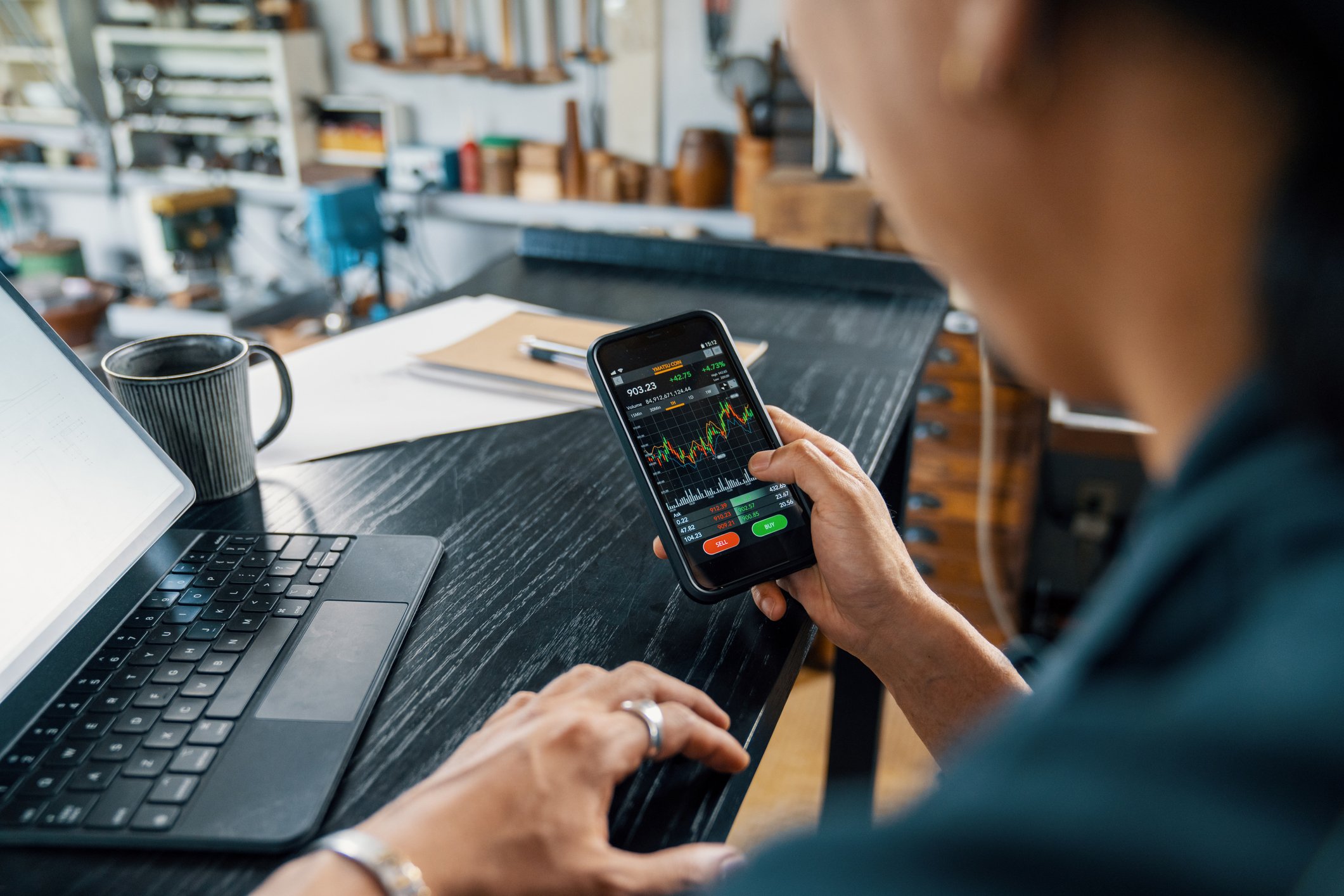Robinhood Markets (HOOD +1.17%) went public just over four years ago, and it has already grown to a market cap of around $130 billion. It has established itself as a top trading platform, especially among young investors. In just the past 12 months, the stock has climbed more than 420%.
The business has been thriving as its platform makes it easy to trade stocks and crypto, and even place wagers on prediction markets. It has expanded in size and with so much growth under its belt already and a lot more still on the horizon, the stock looks unstoppable. Could it potentially join the trillion-dollar club by 2030?
How Robinhood's stock could hit a $1 trillion valuation
Although $1 trillion in market cap would be a significant increase from where the business is today, I believe it is a possibility. For one thing, Robinhood has generated explosive growth in recent years, and if that trend can continue, its valuation would be sure to rise along with it.
The business has gone from being unprofitable as recently as 2023 to now generating impressive profit margins of around 40%. If the business can continue to scale and expand into more prediction markets (it recently launched markets for the NFL and college football), its earnings could skyrocket.
The stock is also highly popular with retail investors, which can often push valuations higher than they otherwise would be based on just fundamentals alone. Currently, Robinhood's price-to-earnings multiple is over 70; investors are clearly bullish on the business and its long-term growth potential.
While it may not be an easy path to get to $1 trillion (Robinhood would need to rise close to 670% in value from where it is today), the stock's performance this year is a terrific example of how hot it can get in a short amount of time. And with ample growth opportunities to tap into in crypto, stock trading, and prediction markets, I think it's entirely possible that Robinhood could join the trillion-dollar club by the end of the decade -- but that doesn't mean it's a sure thing by any means.
What could derail its growth
As promising as the future looks for Robinhood, there are obstacles that could get into the stock's way. A big one is the overall sentiment in the market. Robinhood is doing well this year, and it comes at a time when meme stocks and risky investments are hot buys. When Robinhood went public in 2021, it also benefited from similar trends.
However, by 2022, when the stock market went into a tailspin due to rising inflation, meme stocks and growth stocks all suffered big declines. That year, Robinhood's stock lost more than half of its value. If there's a similar downturn ahead in the markets, another big correction could take place in the near future. Valuations are high right now and investors are growing concerned about the possibility of a bubble in the market.
If economic conditions worsen and the country falls into a recession, there may not be much speculative buying and trading on Robinhood's platform or anywhere else for that matter. Even if it ends up recovering, a big drop in value could make it difficult for the stock to rebound and reach a $1 trillion market cap by 2030.

NASDAQ: HOOD
Key Data Points
Is Robinhood a good stock to buy today?
I think Robinhood's stock can and eventually will reach a $1 trillion valuation, simply because of how popular it is with retail investors, which is a key ingredient for any stock to be generate massive returns these days. But at the same time, a lot would have to go right for it to get to such a large valuation by the end of the decade.
If you're a long-term investor who's willing to hang on for multiple years, this growth stock can still make an excellent investment, regardless of how quickly Robinhood rises in value. With strong margins and growth prospects, it has the potential to generate significant returns.





